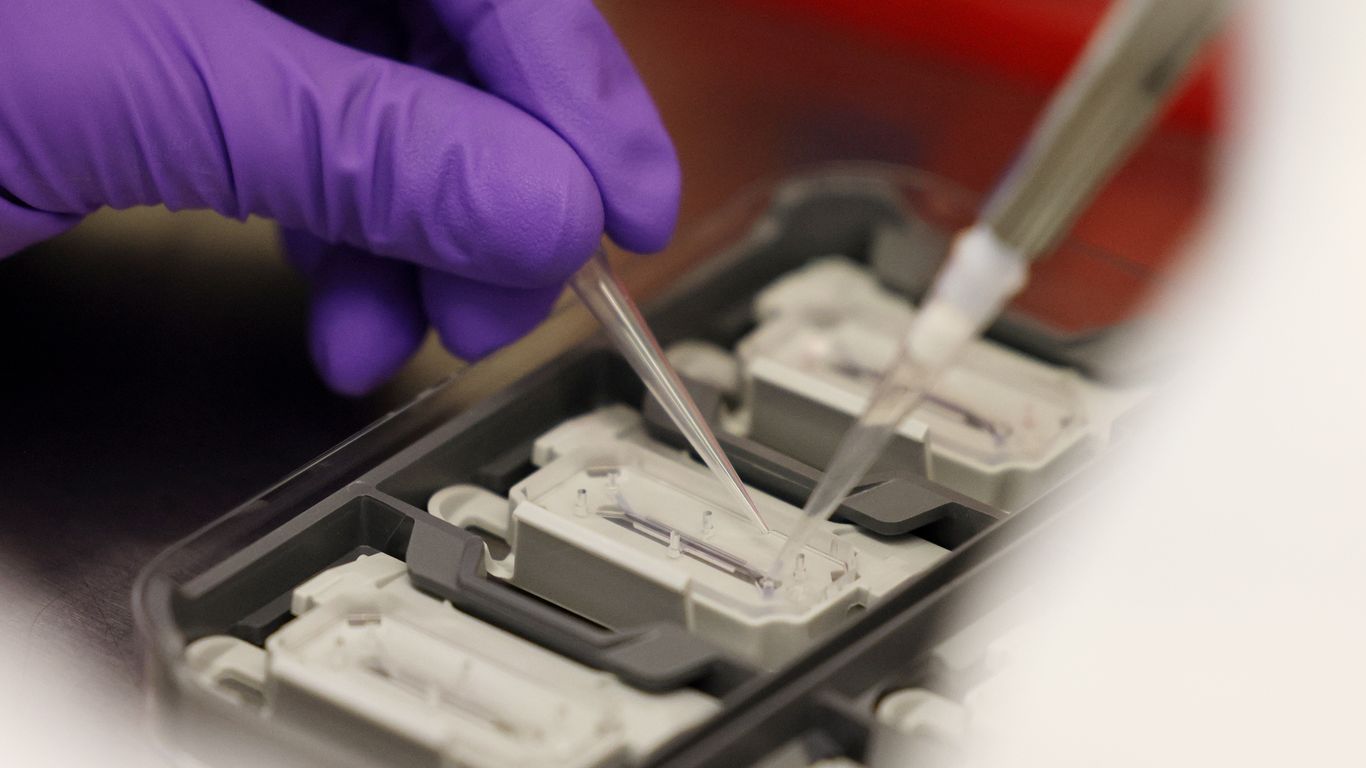
The Future is Now: FDA’s Shift Away from Animal Testing in Drug Development
For decades, animal testing has been a cornerstone of drug development. Mice, rats, rabbits – countless animals have contributed to our understanding of how medications work and, crucially, whether they’re safe for human use. But the landscape is changing, and a significant shift is underway, spearheaded by the Food and Drug Administration (FDA). The agency is embracing a new era of regulatory science, one that prioritizes innovation and reduces our reliance on animal models.
This transition is not a sudden abandonment of established practices. Instead, it represents a carefully considered strategy to modernize the drug approval process. The FDA recognizes that while animal testing has been invaluable in the past, it has inherent limitations. Animal physiology isn’t perfectly analogous to human physiology. Results obtained in animal models don’t always translate accurately to human responses, leading to potential inaccuracies and delays in bringing life-saving therapies to market. Furthermore, ethical concerns surrounding animal welfare are growing, prompting a search for more humane and efficient alternatives.
The focus is shifting toward advanced technologies. Artificial intelligence (AI) and machine learning are playing increasingly pivotal roles. These tools can analyze vast datasets, identifying patterns and predicting drug efficacy and safety profiles with remarkable accuracy. This allows researchers to prioritize promising candidates for further investigation, minimizing the need for extensive animal testing. In-vitro studies, utilizing human cells and tissues, are also gaining prominence, offering a more direct assessment of drug behavior in a human-relevant context.
The FDA’s plan isn’t about eliminating all animal testing overnight. It’s a phased approach, a gradual integration of new methods alongside existing ones. The initial focus is on specific areas, such as antibody therapies, where the potential for AI-based prediction and in-vitro testing is particularly strong. This strategic approach allows for rigorous validation of new techniques, ensuring their reliability and accuracy before widespread adoption. Each new technology will undergo extensive testing and scrutiny to guarantee that it maintains or improves upon the safety and efficacy standards established by traditional methods.
This transition will require significant investment in research and development. Refining AI algorithms, developing sophisticated in-vitro models, and creating robust datasets for model training all necessitate substantial resources. But the long-term benefits far outweigh the costs. Accelerated drug development, reduced reliance on animal models, enhanced accuracy of predictions, and ultimately, safer and more effective medications for patients – these are the rewards of this bold undertaking.
The FDA’s initiative is a significant step toward a more humane and efficient drug development pipeline. It reflects a forward-looking vision that embraces scientific innovation and acknowledges the ethical dimensions of research. While the path forward may involve challenges, the ultimate goal – improved human health through responsible and cutting-edge science – makes this shift a necessary and laudable evolution in the field of drug regulation. The future of drug development is not just about treating diseases; it’s about doing so ethically, efficiently, and with greater accuracy than ever before.



Leave a Reply